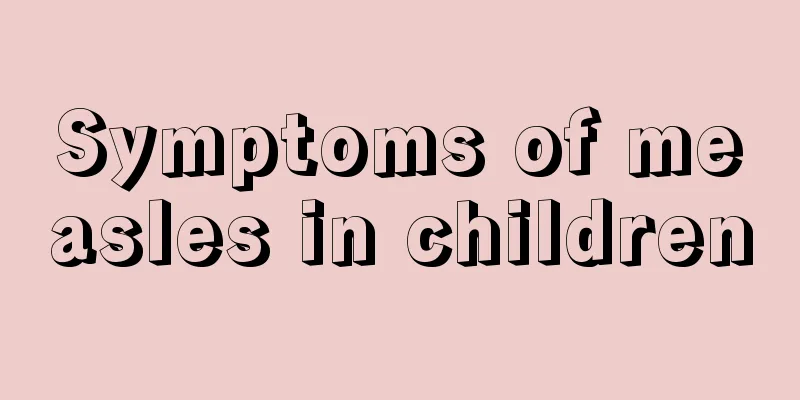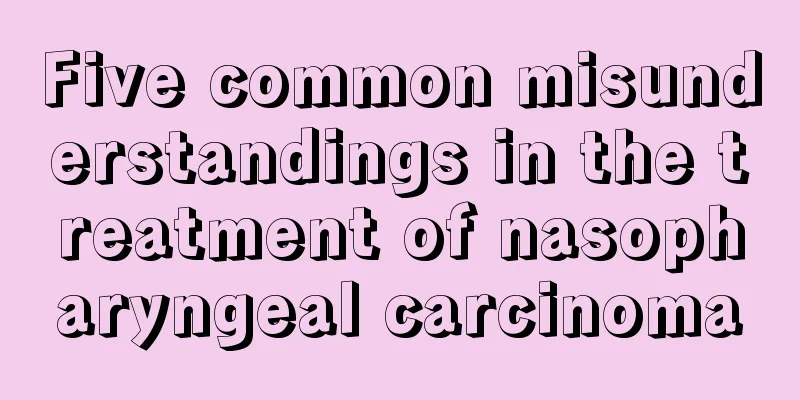Is herpetic pharyngitis highly contagious?

|
Herpes is a viral infection disease with an increasing incidence in recent years. The harm caused by this disease is quite serious, and the pain is stronger than other common skin diseases, especially herpetic pharyngitis, which causes patients to feel an irritating pain when breathing. Is herpetic pharyngitis contagious? What are the symptoms? Let’s take a look at the simple explanation below. Herpangina is an acute infectious pharyngitis caused by enterovirus, characterized by acute fever and herpes ulcers in the pharyngeal isthmus. It is mainly transmitted through the fecal-oral or respiratory tract. It is highly contagious and spreads quickly throughout the world in sporadic or epidemic forms, with the highest incidence seasons in summer and autumn. It mainly affects children aged 1 to 7 years. The main clinical manifestations are fever, sore throat, small blisters on the pharyngeal isthmus mucosa and superficial ulcers. It is a self-limiting disease with a general course of 4 to 6 days, and up to 2 weeks in severe cases. The disease may occur repeatedly in the same child, caused by different types of viruses. Clinical manifestations: The incubation period is 2 to 4 days. Fever often occurs suddenly, and the fever is mostly low or moderate, occasionally as high as over 40°C, and even causes convulsions. The fever usually lasts 2 to 4 days. Older children may complain of sore throat, and severe sore throat may affect swallowing. Infants and young children will show symptoms such as drooling, refusal to eat, and irritability. Sometimes it is accompanied by headache, abdominal pain or myalgia, and 1/4 of children under 5 years old may experience vomiting. Typical symptoms occur in the pharynx. Symptoms include congestion of the pharynx and the appearance of several (ranging from 1 to 2, up to more than 10) small (1 to 2 mm in diameter) gray-white blisters surrounded by a red halo on the oral mucosa within 2 days of the onset. After 2 to 3 days, the redness intensifies and expands, and the herpes breaks open to form yellow ulcers. This type of mucosal rash is often seen on the anterior pillars of the tonsils, but may also be located on the soft palate, uvula, and tonsils, but does not involve the gums and buccal mucosa. The course of the disease is generally 4 to 6 days, occasionally extending to 2 weeks. Some children with hand, foot and mouth disease have herpetic pharyngitis as the first symptom, followed by a red rash on the palms, soles, buttocks and other parts of the body. |
<<: What are the types of HPV viruses?
>>: What should you pay attention to if you have herpes
Recommend
What kind of salt water should I use to wash my nose
When people clean their nasal cavity, the water t...
How long does it take for the pelvis to repair after childbirth? What consequences will it lead to
Nowadays, women are exhausted from work and often...
What are the wonderful uses of Isatis root
Speaking of Isatis root, everyone will feel famil...
Liver cancer symptoms
Over 30 years old, a lump can be felt in the righ...
Common nursing diagnoses for lung cancer?
Lung cancer patients will have impaired gas excha...
What gift should I give to a child on his/her 100th day?
Children are a group that is highly valued in mode...
Squeezing pimples hurts the surrounding skin
Getting pimples on the face is the most annoying ...
Will bleeding after sexual intercourse lead to cervical cancer? What are the methods for diagnosing cervical precancerous lesions?
What are cervical precancerous lesions? The occur...
Is teeth cleaning useful for bleeding gums?
Bleeding gums are a common phenomenon in daily li...
How to detect liver cancer in its early stages
How to detect liver cancer in its early stages? 1...
What is cervical artery type cervical spondylosis?
As we all know, there are many types of cervical ...
Can men also get breast cancer? What are the 15 signs that lead to male breast cancer?
When the doctor recommends you to do a breast exa...
Is the cure rate of micro-liver cancer high?
Is the cure rate of micro-liver cancer high? The ...
Will chickenpox occur twice?
Even in modern society where modern medical techn...
The role of human lubricant
I believe we are still relatively unfamiliar with...









